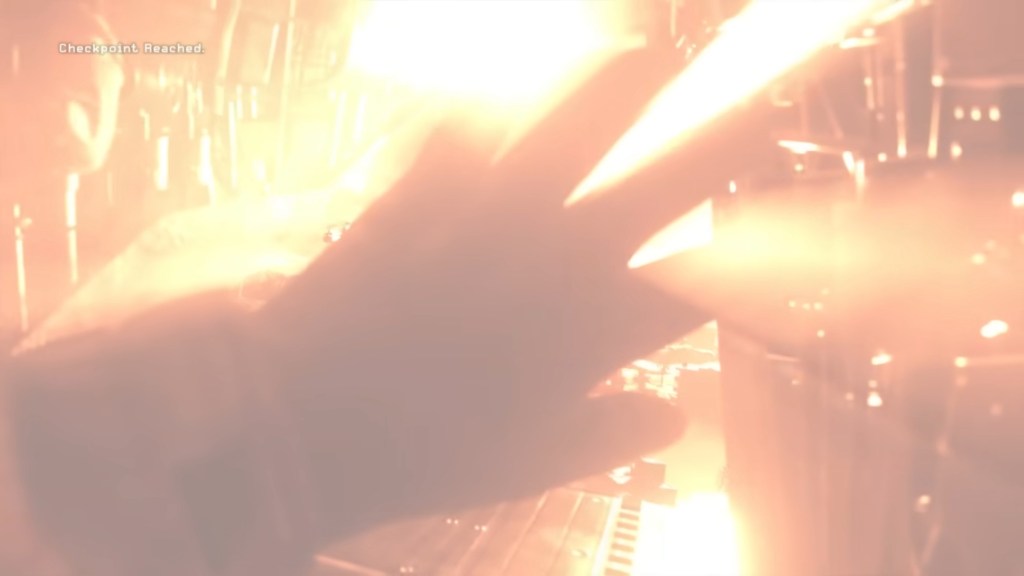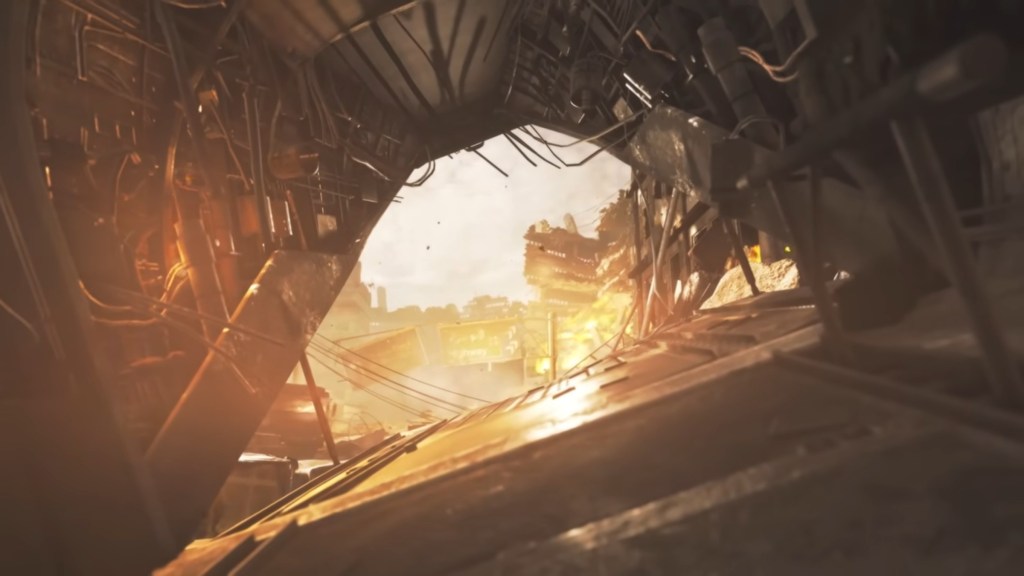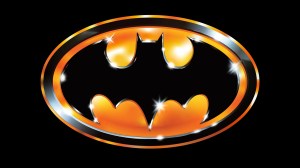One of the most effective levels in FPS history still haunts me 18 years after I first played it. The FPS genre may be typically driven by action-oriented storylines, but there’s a lot of horror and tension to be mined by the first-person perspective in gameplay. The ideal blend of horror and shooters comes across in titles like Resident Evil Village, which uses both genres to great effect in separate missions, before fusing them together for a terrifying but satisfying firefight against undead monstrosities.
Videos by ComicBook.com
The FPS military shooter subgenre has a far more harrowing and haunting potential than any supernatural threats, thanks to the naturally grounded dangers that are present in the medium. Games like Spec-Ops: The Line lean into this fusion of tones, using the power fantasy that comes inherently with the genre to underscore the terrifying truths of warfare and the way it can transform soldiers into monsters. Call of Duty 4: Modern Warfare still has one of the best examples of the scary potential of FPS games, with a single level transition and plot twist still one of the most effective nightmarish turns in gaming history.
Shock And Awe

The tenth campaign mission in Call of Duty 4: Modern Warfare, “Shock and Awe,” remains a jaw-dropping example of how gameplay immersion can be used to turn a standard military shooter into an unforgettable horror story. Playing as Paul Jackson, players join up with Lt. Vasquez for a mission to capture Khaled Al-Asad. Breaching the city, the team is eventually ordered to evacuate after a nuclear bomb is discovered in the city.
The player diverges from the mission to rescue a downed pilot, with a timer keeping up the tension as the player succesfully makes it back to a helicopter. Up to this point, players have survived plenty of challenges and dangerous circumstances as Jackson, with nothing in the early mission loadout suggesting things will be any different. It’s tense, thanks to the timer counting down for players to make it home, but there’s no reason to think this mission will play out any differently than the others. That is, at least, until the nuke goes off.
The helicopter crashes amid a massive fiery cloud, and the player is given a brief update about the attack and the casualty list — which confirms that Paul Jackson was among those killed in the blast. But then the game pulls one of the best moves in FPS history and shifts back to Jackson. “Aftermath” is the shortest campaign mission in the game, forcing players to move out of the wreckage of the crashed helicopter. Around them, NPCs like Lt. Vasquez are already dead or are dying from the radiation.
Players can only take a few steps, a massive mushroom cloud in the distance, before they also collapse, and the screen fades to white and announces that the player has been Killed In Action. There is no escape or alternate path, no way to evade the bombing or finish the mission quickly enough to make it out. Just like for everyone else caught in the blast radius, there is no escape. Instead, players are forced to witness the destructive power of a nuclear blast up close and personal before fading away from the ambient nuclear fallout. It’s harrowing, haunting, and one of the best examples of immersive storytelling in the FPS genre.
Why “Shock And Awe” Is Such An Effective Level

“Shock and Awe” works so well in Modern Warfare because, up until the nuke goes off, it just feels like another mission. Plenty of times in the game (and the FPS genre as a whole), players have been faced with immense dangers and been perfectly fine. There’s a way to escape, or some heroics to be done. But in war, the only certainty is that people will die. It’s just never been you, the player. Even deaths in the field have been undone by a quick respawn.
By contrast, “Shock and Awe” and “Aftermath” force the players to confront the existential horror of a nuclear blast. Even if someone is far enough away to avoid the epicenter of the blast, there’s no escape from the fallout. Healthy soldiers who have walked off gunshot wounds drop in the wake of the explosion, and the players can do nothing about it. In a franchise and genre where the cost of war can be easy to forget amid all the power fantasy of being a heroic soldier, it’s important to remind players that they are still just people. Even the strongest soldiers in the world mean nothing in the face of nuclear Armageddon, and that’s something that remains locked into the player’s mind for the rest of the campaign.
Not only do players feel a need to avenge the death of Jackson and everyone else caught in the blast, it highlights how easily the conflict can escalate in the modern day. It doesn’t treat the blast just as a plot point, but as something the players witnessed and experienced firsthand. For all its potential power, nuclear weapons are now established as nightmares made real. It drives home how high the stakes are for the rest of the game’s conflict and makes the villains behind the bombing all the more hateable. Players now have a very personal reason to want payback for the nuclear explosion, because they witnessed it first hand.
More than anything, “Shock and Awe” and “Aftermath” speak to the narrative potential of the military FPS subgenre for storytelling beyond typical heroics or history lessons. Similar to Spec-Ops: The Line‘s commentary about the nature of warfare and the horrifying way it trivializes atrocities, Modern Warfare highlights the human frailty that comes inherently with the genre. The fact that it doesn’t just kill off a player character in a cut-scene but forces the player to experience the horror with him only makes it more effective, the FPS perspective used for horror instead of triumph. Almost two decades later, “Shock and Awe” and “Aftermath” remain a painfully compelling argument for how the FPS genre can be used to terrify players with more than ghosts and demons, and cement Modern Warfare as a true classic of the genre.








